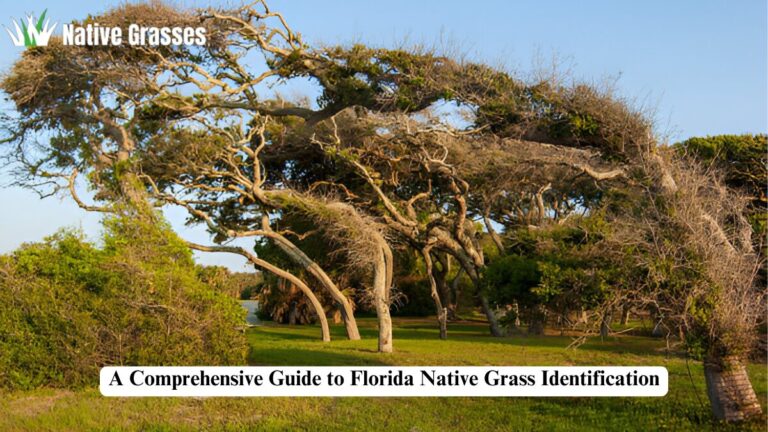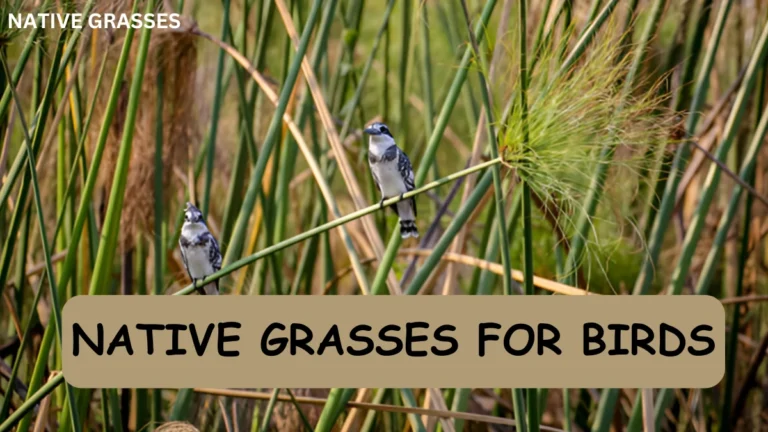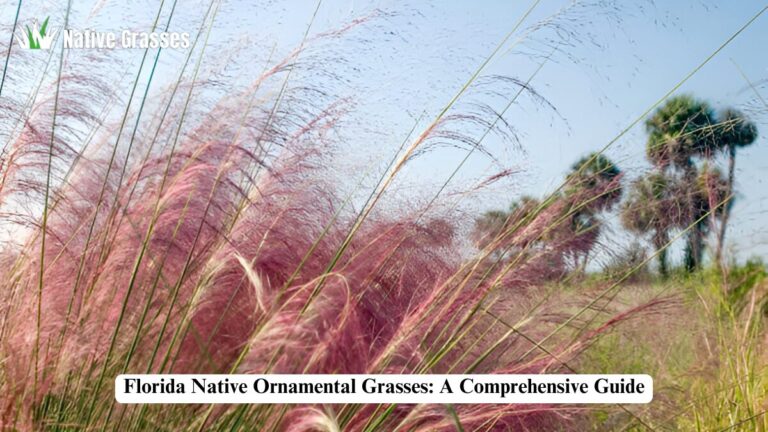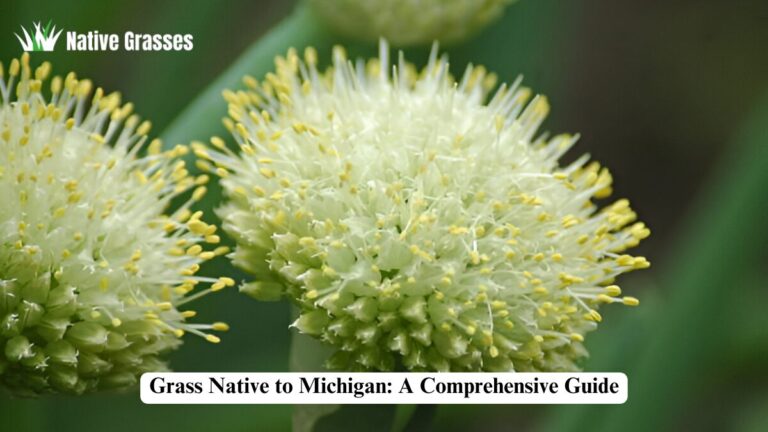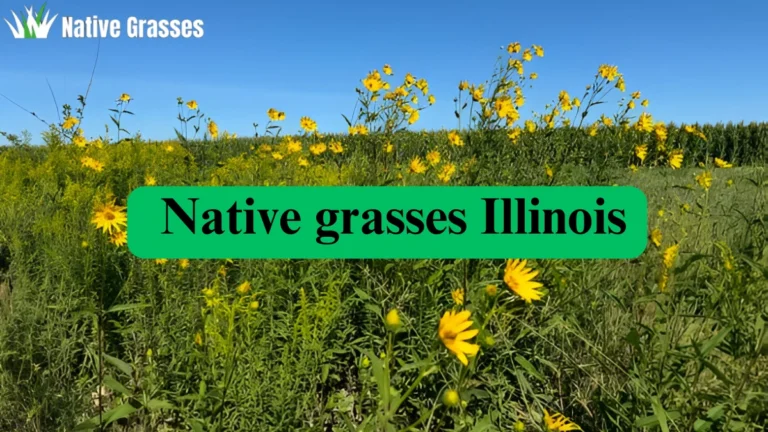The Power of Native Grass Seeds: A Guide to Sustainable Lands
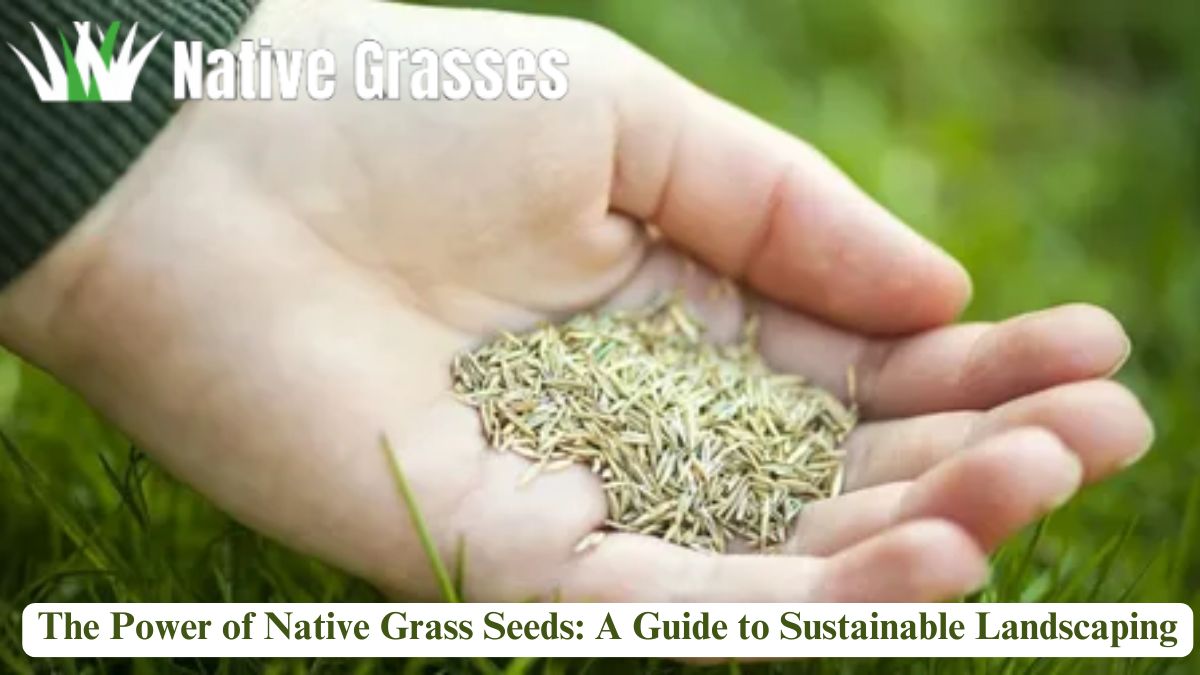
Imagine a lush, thriving landscape requiring minimal water, little maintenance, and no chemical inputs. This is the promise of native grass seeds. These eco-friendly plants are a boon for the environment and a practical choice for gardeners, farmers, and landscapers seeking sustainable solutions.
This guide dives into everything you need to know about native grass seed and their benefits, applications, and how to use them effectively. Whether you’re looking to restore degraded land, create a wildlife habitat, or enhance your garden’s beauty, native grasses offer a versatile and sustainable option.
What Are Native Grass Seeds?
Definition of Native Grass Seeds
Native grass seeds are seeds from grasses that naturally occur in specific regions. These species have evolved to thrive in local climates, soils, and ecosystems over thousands of years.
Characteristics of Native Grasses
- Adaptation to Local Conditions: These grasses are inherently suited to the environment, needing less water and fewer resources.
- Deep Root Systems: Their roots can reach depths of several feet, promoting soil health and reducing erosion.
- Pest and Disease Resistance: Native grasses are naturally resilient against local pests and diseases.
Types of Native Grass Seeds
- Warm-Season Grasses: Thrive in hot weather (e.g., Big Bluestem, Switchgrass).
- Cool-Season Grasses: Prefer cooler temperatures (e.g., Canada Wildrye, Red Fescue).
The Importance of Native Grass Seeds
Environmental Benefits
- Soil Stabilization: Prevents erosion and maintains soil health.
- Water Conservation: Reduces the need for irrigation by adapting to local rainfall.
- Carbon Sequestration: Captures and stores carbon, combating climate change.
Biodiversity Support
- Habitat Creation: Provides shelter and food for birds, insects, and small mammals.
- Ecosystem Balance: Encourages pollinator activity and strengthens local ecosystems.
Cultural and Historical Significance
- Indigenous Uses: Many native grasses were integral to indigenous agricultural practices.
- Preservation of Heritage: Maintaining native species helps preserve regional identity and history.
Advantages of Using Native Grass Seeds
Low Maintenance
Native grasses reduce reliance on water, fertilizers, and mowing, making them an easy-care choice.
Cost-Effectiveness
Although initial costs might be higher, the long-term savings on water and maintenance are significant.
Resilience
These grasses withstand extreme weather, drought, and pests better than non-native alternatives.
Sustainability
Native grass seeds promote environmentally friendly landscaping practices, supporting global efforts for greener living.
Choosing the Right Native Grass Seeds for Your Region
Understand Your Region’s Ecosystem
- Climate: Determine temperature and rainfall patterns.
- Soil Type: Test for texture and pH to match grass species.
- Local Wildlife: Consider species that benefit pollinators and other fauna.
Popular Native Grasses by Region
| Region | Examples |
| North America | Little Bluestem, Prairie Dropseed |
| Europe | Meadow Foxtail, Sheep Fescue |
| Australia | Kangaroo Grass, Wallaby Grass |
Consulting Local Experts
Native plant nurseries and extension services can provide tailored advice for selecting the best species.
Applications of Native Grass Seeds
Landscaping
- Residential Lawns: Create lush, eco-friendly yards.
- Urban Green Spaces: Beautify public parks with minimal upkeep.
Reclamation Projects
- Degraded Lands: Restore mining or construction sites.
- Soil Rehabilitation: Improve fertility and structure.
Agriculture
- Livestock Forage: Provide nutritious grazing options.
- Crop Rotation: Enhance soil health and reduce erosion.
How to Plant and Care for Native Grass Seeds
Site Preparation
- Soil Testing: Identify nutrients and pH levels.
- Weed Removal: Eliminate invasive species before planting.
Seeding Techniques
- Broadcast Seeding: Ideal for large areas.
- Drill Seeding: Ensures uniform seed distribution.
- Hydroseeding: Effective for erosion-prone slopes.
Timing
- Warm-Season Grasses: Plant in late spring or early summer.
- Cool-Season Grasses: Sow seeds in early spring or fall.
Post-Planting Care
- Water newly seeded areas regularly until established.
- Monitor for invasive species and pests.
Challenges and How to Overcome Them
Invasive Species
Use mulches or barriers to prevent invasive plants from overtaking native grasses.
Seed Germination Issues
Ensure proper seed-to-soil contact and consider stratification for certain species.
Wildlife Impact
Protect seeds with netting or mulch to prevent animals from eating them.
Case Studies and Success Stories
Urban Landscaping
A city park in Denver, CO, replaced its lawn with native grasses, reducing water use by 60%.
Erosion Control
A riverbank in Missouri stabilized using Switchgrass saw a 50% decrease in sediment runoff within a year.
Wildlife Habitat Creation
In suburban Wisconsin, planting native grasses increased butterfly populations by 30%.
Resources for Getting Started
Seed Suppliers
- Prairie Moon Nursery
- Native American Seed
Educational Guides
- Books: Bringing Nature Home by Douglas Tallamy
- Workshops: Local conservation programs
Community Support
Join native plant societies to connect with other enthusiasts.
The Future of Native Grass Seeds
Emerging Trends
- Urban agriculture and native grass integration.
- Smart landscaping technologies.
Climate Change Mitigation
Native grasses could play a critical role in reducing global carbon footprints.
Public Awareness and Advocacy
Increased education and policy changes could boost adoption rates.
Conclusion
Native grass seeds are more than just a landscaping choice; they’re a step toward sustainable living. Planting these resilient, eco-friendly species contributes to a healthier planet and a more beautiful landscape. Start your journey today and see the difference native grasses can make.
FAQs
What are native grass seeds?
Seeds from grasses that naturally occur in a specific region are adapted to local ecosystems.
Why are native grass seeds important?
They conserve water, support biodiversity, and stabilize soil.
How do I choose the right native grass seeds?
Match the species to your region’s climate, soil, and wildlife.
When is the best time to plant native grass seeds?
Late spring for warm-season grasses and early spring or fall for cool-season varieties.
Can native grass seeds prevent erosion?
Yes, their deep roots stabilize soil and reduce sediment runoff.
Are native grasses low maintenance?
Absolutely. They require minimal water, mowing, and fertilization.
Where can I buy native grass seeds?
Reputable suppliers like Prairie Moon Nursery or Native American Seed.
What challenges come with native grasses?
Germination issues, wildlife eating seeds, and invasive species.
How long does it take for native grasses to grow?
Typically 1-3 years to fully establish.
Do native grasses attract wildlife?
Yes, they provide habitat and food for pollinators, birds, and other animals.

